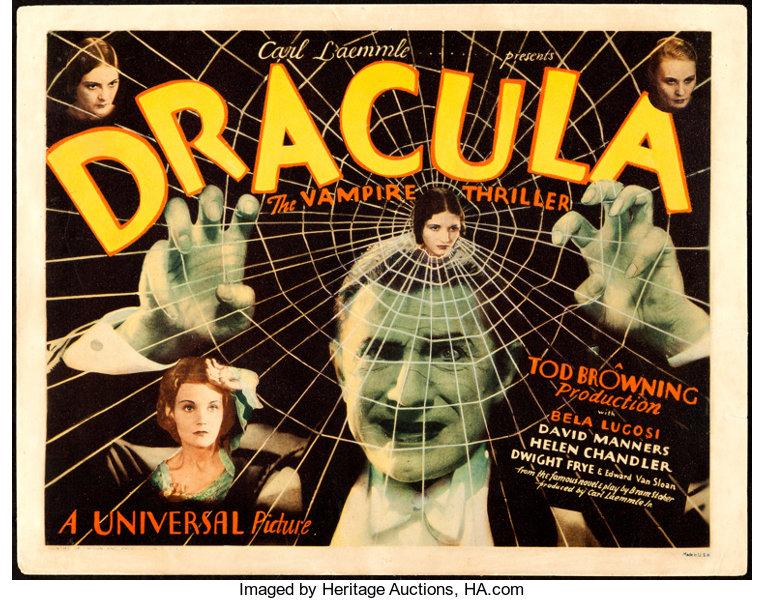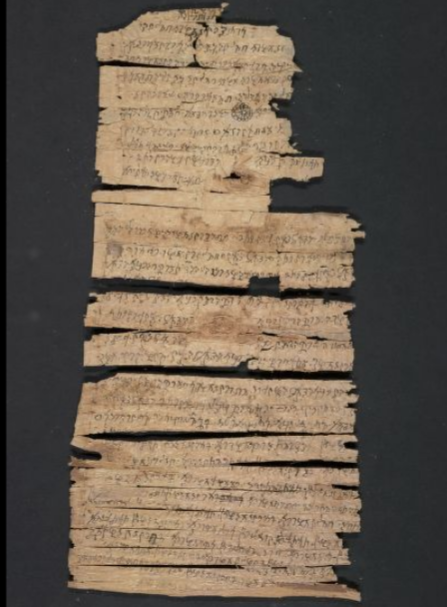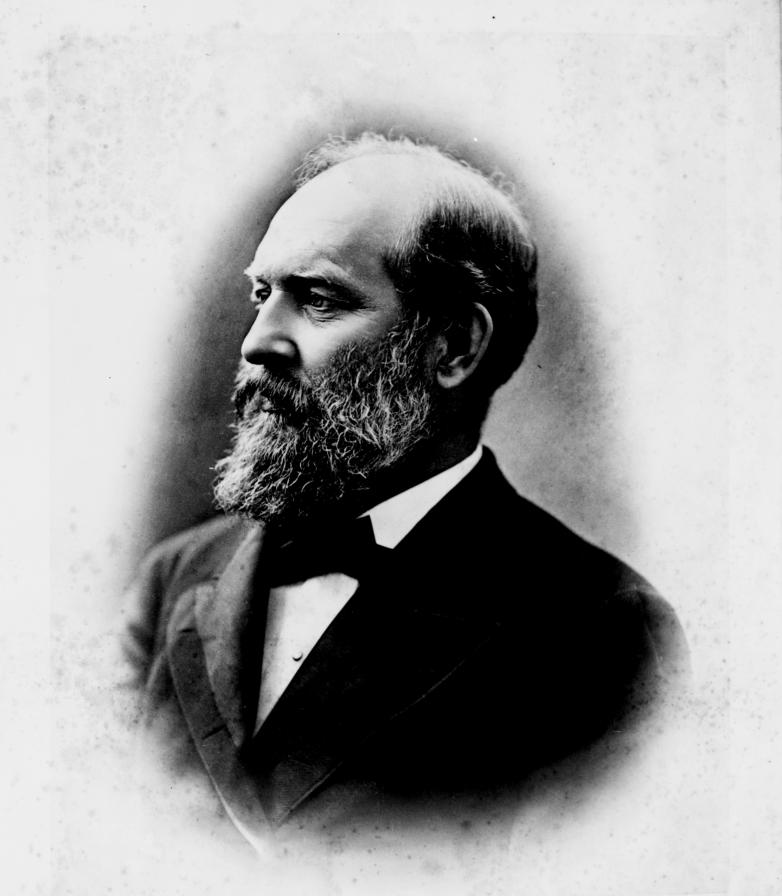The show will feature 110 dealers from 20 states (as well as England, Italy, and Canada)—a cross-section of vintage book dealers, sellers of vernacular photography, and traders in rare paper, prints, and antique ephemera. The fair's hours are: Saturday, September 7th, from noon-7pm, and Sunday, the 8th, from 11am-5pm. A Bagels & Books preview will be held on Saturday from 10-12am and will go to benefit the Rare Books School at the University of Virginia.
The fair will also include a coterie of seminar presentations plus two exclusive art exhibitions. The first is titled “One Day You'll See: A History of Afrofuturism,” curated by Brian Chidester, Suave Rhoomes, and Stacy A. Robinson. Boasting a broad historical survey of important science fiction literature, comics, movie posters, and album sleeves (as well as original artworks) by black artists from the 20th and 21st centuries, some notable objects include: a first edition copies of W.E.B. Du Bois' “Darkwater” (1920); an original edition of “All Negro Comics #1,” published in 1947, featuring the first black superhero, “Lion Man”; an original concept drawing of the Marvel superhero Black Panther from 1966; a series of original fantasy watercolors by free-jazz icon Yusef Lateef; never-before-seen paintings and drawings by self-taught visionaries Charles Williams and the Prophet Royal Robertson; and first edition 1960s concert posters for Sun Ra, Sly & the Family Stone, and others.
A second exhibition is titled “Charles A.A. Dellschau and the Mythology of Flight.” The work of Dellschau (1830-1923), a German emigre living in Texas and working as a butcher, was produced during the final 25 years of his life. The artist made a new image every day and a half, the earliest being blueprints of strange flying contraptions which Dellschau claimed to've witnessed in 1850s as engineered by members of a secret society in Sonora, CA. His later works, however, saw the artist framing up and scrapbooking news clippings of airplanes, zeppelins, blimps, hot-air balloons, even UFOs. This exhibition, for the first time, puts these heavily-collaged images by Dellschau into the context of that earliest period in airship technology and shows how they tapped into the dream and fears of their time to stand as a modern mythology. The Stephen Romano Gallery provides the selection of rare works to be displayed.
Finally, the fair will host nine individual seminars, delivered across both days, with topics including: how to collect grimoires and spell books (given by William Kiesel of Ouroboros Press and Pam Grossman, author of the recent book “Waking the Witch”); a history of the work of 19th century spirit photographer William Mumler by curator/arti historian Alessandro Keegan; and a unique slideshow on the once-heretical 17th century alchemical treatise, “The Atalanta Fugiens,” delivered by contemporary mystic Brian Cotnoir.
There will also be a special opportunity for guests to bring their own personal objects related to memories of childhood in books and antiques, and to tell its tale to a live audience, which local storyteller (and founder of “Show & Tale”) Marti McNabb will then host.
Lastly, for anyone wondering if those old books or ephemeral items in the attic have any value, there will be an appraisal clinic on Sunday (September 8th) with a panel of experts to offer an estimate of value. Included on the panel will be:
Ken Gloss - Brattle Book Shop
Brian Kalkbrenner - Jamer Cummins Bookseller
Josh Mann - B&B Rare Books
Teri Osborn - McBride Rare Books
Sunday Steinkirchner – B&B Rare Books
Dan Wechsler - Sanctuary Rare Books
Lizzy Young - Lizzyoung Bookseller















